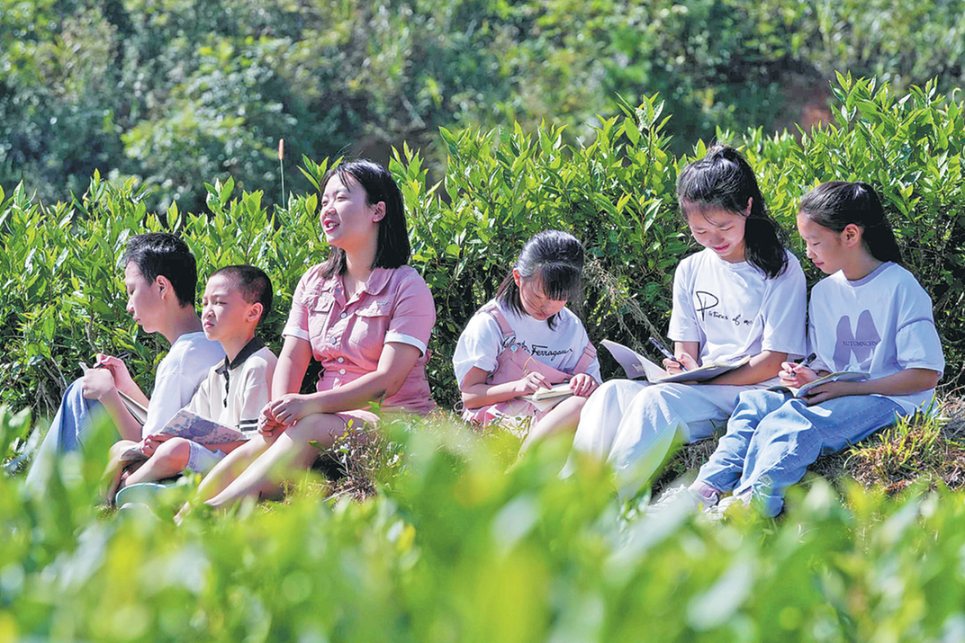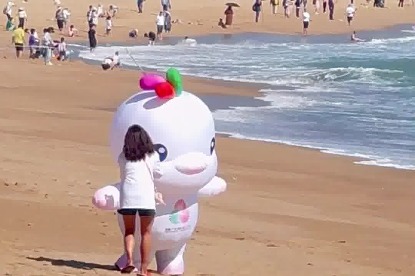Heritage crafts thrive in digital era


Cultural products in high demand on e-commerce platforms
An embroidered butterfly made by Liang Zhongmei is so lifelike that it could easily be mistaken for the real thing. It looks as if, in the twinkling of an eye, it could flap its colorful, delicate wings and fly free from its white cloth background.
The 55-year-old embroiderer in Zhenfeng county, Guizhou province, said a novel stitch used by the Bouyei ethnic group is the secret to producing the three-dimensional effect.
"In our culture, the butterfly is the spirit of nature and also represents the sound values of hard work," she added.
Liang, who lost her left arm as a child, opened a workshop at her home, from where she sells her artwork to customers from around the world. She is now a master of the Bouyei embroidery technique and an intangible cultural heritage inheritor. As a result, her life has changed significantly.
During this year's Singles Day shopping festival gala held in Hangzhou, capital of Zhejiang province, on Nov 10, a lion doll completed by six embroiderers in eight hours was livestreamed nationwide on television and websites.
"The doll is 30 centimeters tall and 30 cm wide. A number of colorful threads were used for the outer parts, while a golden thread formed the lion's mane. Dragon fruit was used to dye some threads pink," Liang said, adding that the auspicious design aims to bring health and peace to family members.
After the gala, Liang received numerous inquiries. Three customers ordered lion dolls, while some asked to buy other embroidered items. "After returning home, we encouraged young people to learn embroidery, which can increase understanding of our culture," she said.
Liang was born in a closed and underdeveloped village deep in the mountains, where most residents live by farming or as migrant workers. Losing her arm meant she could not feed herself, but she refused to become downhearted, and learned embroidery from her mother.
"I am unable to perform a wide range of tasks, but I'm confident about doing embroidery, although sometimes I prick myself in the leg, which causes bleeding. I have even managed to sew both legs of my trousers together by accident," she said.
























